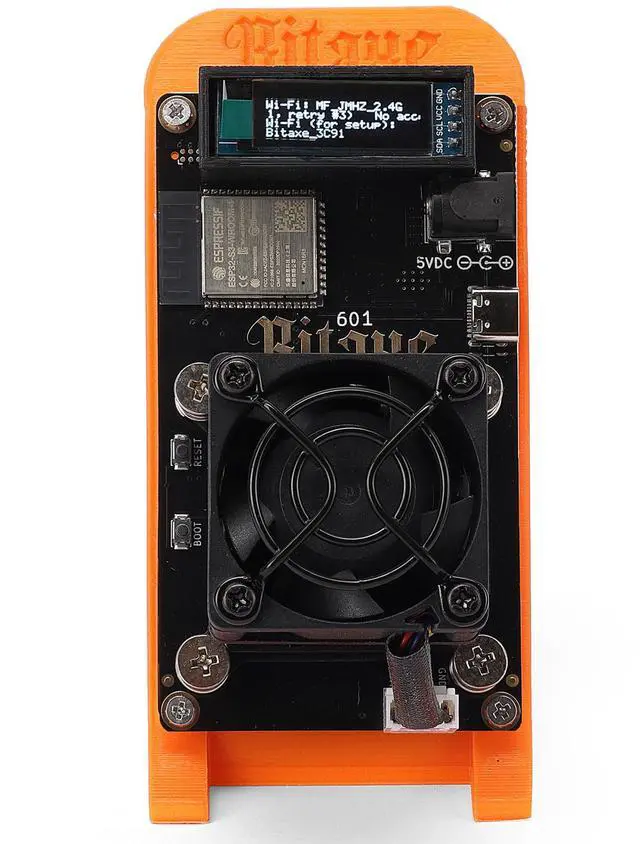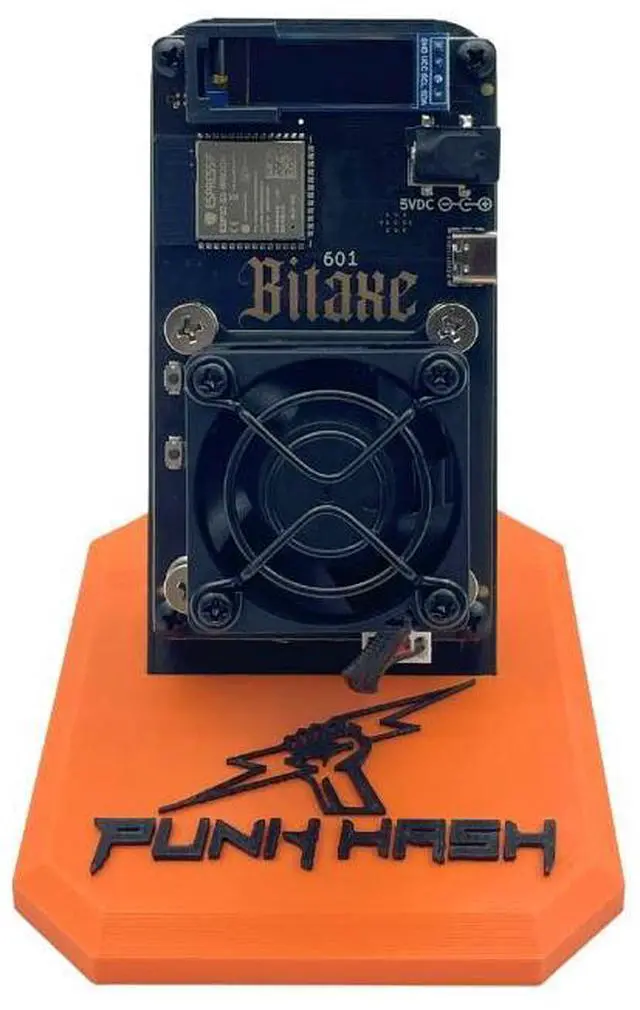At the time of this writing, one Bitcoin is valued at $808. If you are one of the fortunate few who got into mining when it was valued much lower, kudos to you — you’re probably a very wealthy person. If, on the other hand, you’re still considering starting your mining adventure, you should probably get started as soon as possible. Sure, there is no telling how (or if) the price of the world’s first open source electronic currency will rise again, but what if it does?
The Bitcoin mining process can be a complicated concept to grasp for those that are not tech-savvy. Many people want to get involved in mining but don’t pursue it because they get discouraged when they don’t understand how it works. Fortunately for these people, it’s possible to mine for Bitcoins without getting too technical.
Before you go out and start building a fancy mining rig you should at the very least understand what a Bitcoin is and what mining does.
A Bitcoin is a popular digital medium of exchange known as a cryptocurrency. A cryptocurrency works just like regular money except that its value can’t be manipulated by the government. In other words, Bitcoin doesn’t have to listen to the man!
There is a limited supply of Bitcoin – 21 million to be exact. There are currently 12 million in circulation and 25 new coins are created every 10 minutes. Every few years the creation rate will be cut in half and Bitcoins will continue to be released for more than a hundred years.
Bitcoins are produced by a system called mining that uses special software and hardware to solve complicated algorithms. Solving these math problems is called “hashing” and the faster your machine can hash, the more math problems you can solve. Every math problem you solve adds a transaction record to Bitcoin’s ledger knows as the block chain.
A block is a record of transactions that have not been recorded yet and mining these blocks is how you earn your Bitcoin. The catch is that this is hard, very hard.
The Bitcoin network automatically changes the difficulty of the algorithms depending on how fast they are being solved. And because the popularity of Bitcoin has increased rapidly, more miners in the system means the math problems are a lot more difficult. However, there is a solution to this problem: mining pools.
Pooled mining is when a group of miners join forces and work toward the common goal of mining for Bitcoins. These pools of miners find solutions much faster than individual miners and reward members for the amount of work they put in. This is the route you should take if you’re thinking about mining.
Unless you buy or trade for Bitcoin, mining is the only way you can get it. Bitcoins are issued this way because it provides a safe and secure network while ensuring fairness is kept among users. And since everyone that uses Bitcoin is part of the “Bank of Bitcoin”, this is a smart way to not only control the value of the currency, but it also provides an incentive for people to mine.
Mining is an integral part of Bitcoin because miners are required to approve all Bitcoin transactions. The more people decide to mine, the more secure the network is.
Theoretically, any computer can mine for Bitcoin as long as it’s capable of running the software. In the early days, miners used CPUs to mine for Bitcoin but soon discovered these processors were too slow at solving math problems and also consumed a lot of power. To solve this problem, miners began using graphics cards intended for gaming. These GPUs proved to be much faster and are currently the most popular way to mine for bitcoins.
When a need for mining-specific hardware parts was evident, the mining industry developed two types of machines that could get the job done: FPGA and ASIC devices.
FPGA (Field-Programmable Gate Array)-based machines use an integrated circuit design and are specialized at repurposing existing technology and attach to computers by using a USB connection. FPGA devices use much less power than GPUs and free up system resources but ASIC miners are more efficient.
ASIC (Application Specific Integrated Circuit) miners work at speeds previously unheard of in mining (up to 1,500 GHz per second) and consume less power than FPGA and GPU mining machines. The only problem is that they are only available from a few manufacturers at this time.
Building a Bitcoin miner is similar to building a regular PC. The only difference is that you need a lot of high-powered hardware to mine for Bitcoins. No matter which way you decide to mine, Newegg sells a variety of different kits in different price ranges to suit your needs.
Now that you know the basics of Bitcoin mining, you’re ready to build your machine and start making your fortune. Just don’t expect to make a million dollars overnight. The current average timeframe to break even with your hardware investment is 150 days while the average time to mine a single block is seven years.
The good news is that this number can vary greatly depending on your luck. So, are you feeling lucky?





